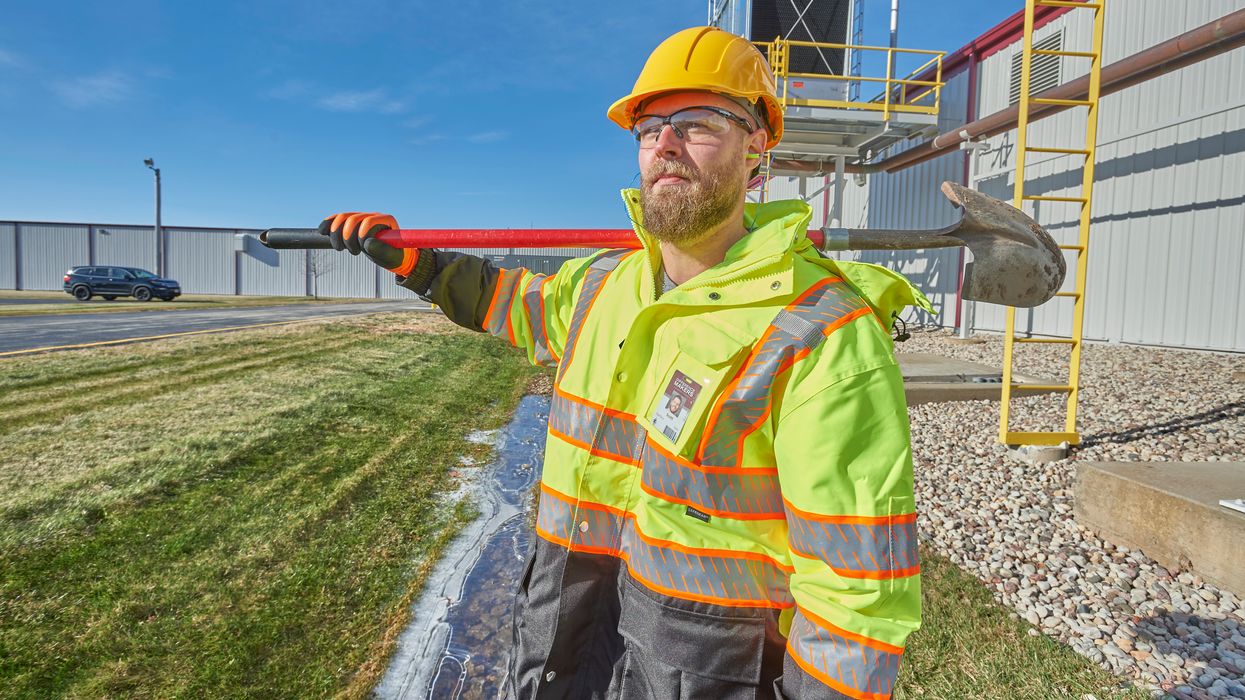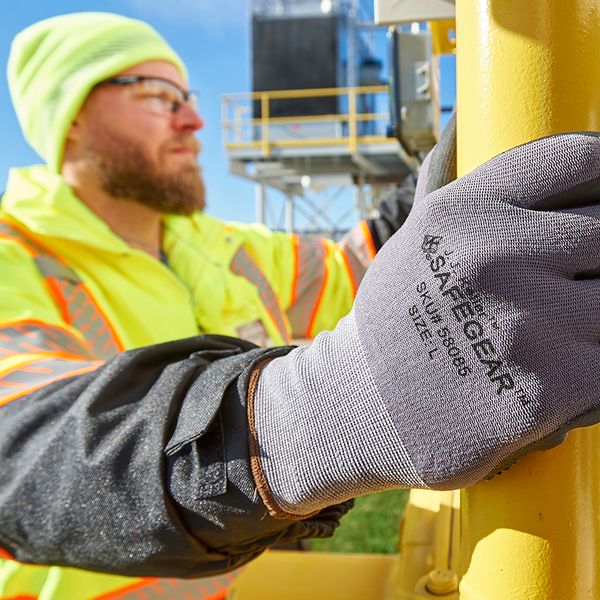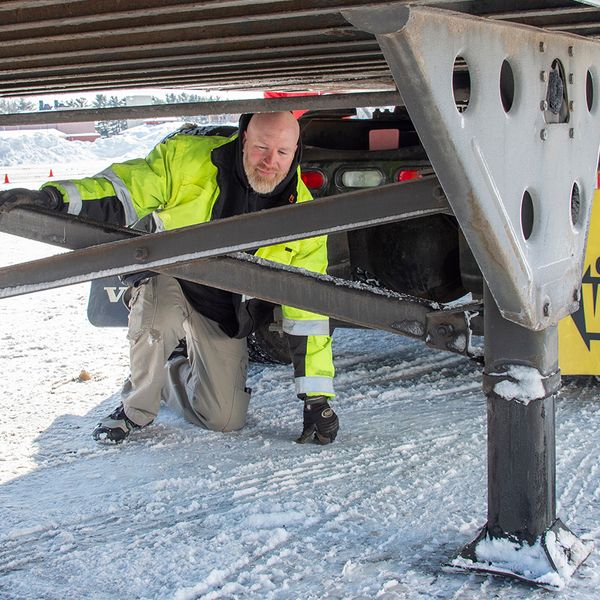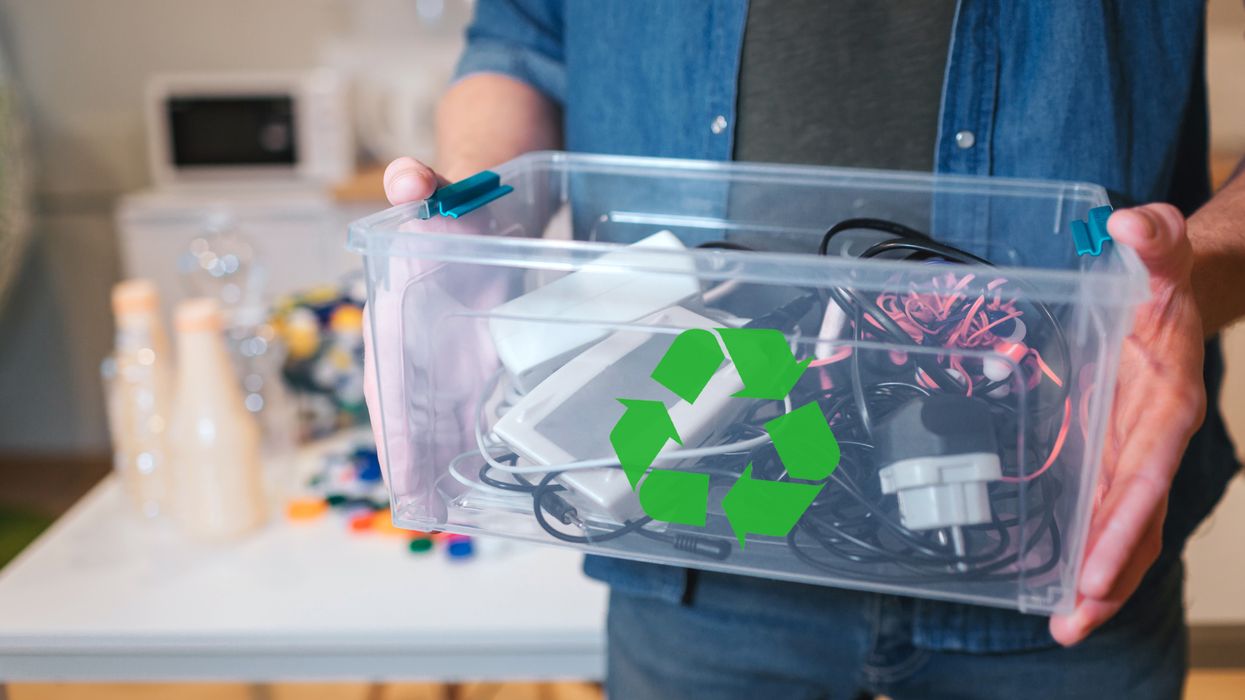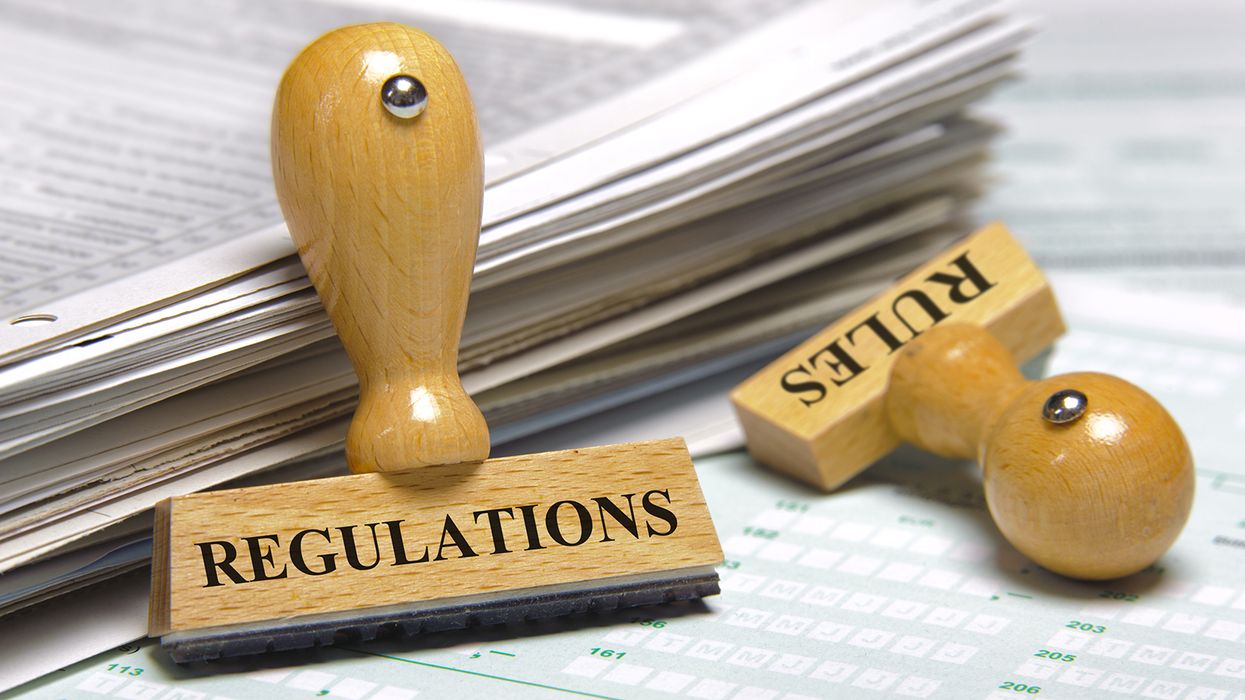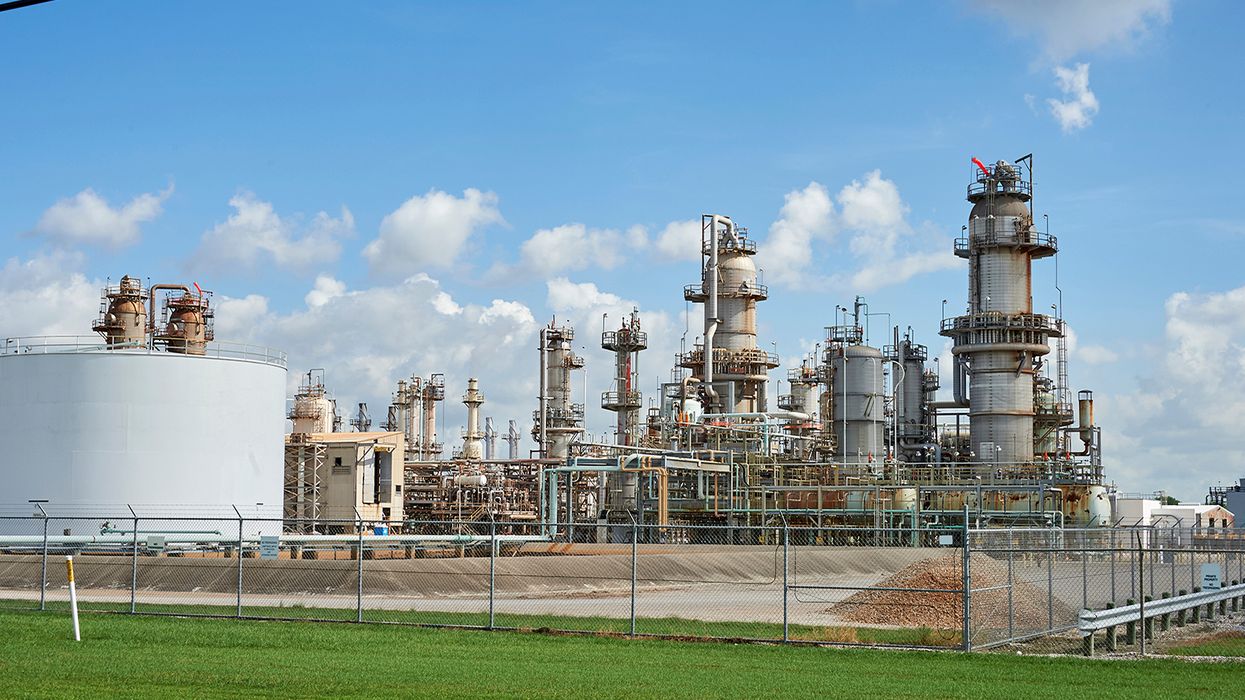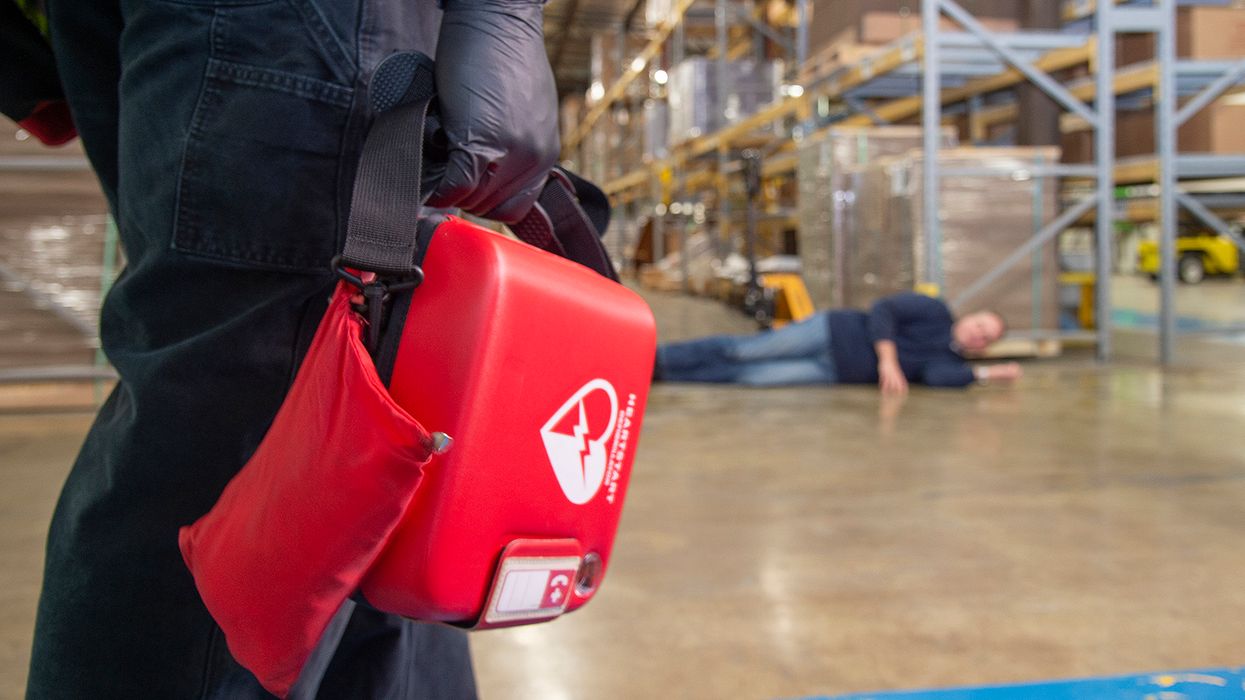Cold Stress Handout
Too cold to think: Impacts of cold stress
Anyone working in a cold environment can be impacted by the cold temperatures and may be at risk for cold stress. Workers expected to work in extreme temperatures can struggle to perform as expected and are more likely to make dangerous mistakes if they are poorly prepared for the frigid work ahead. This is especially important for employees exposed to construction work due to long hours and exposure to the elements.
What may be considered chilly for one person may be extremely cold for another. This is mainly dependent on one’s level of acclimation to the cold as well as the region. Cold weather is possible in all parts of the United States. In regions that are not used to winter weather, near-freezing temperatures are considered “extreme cold.” Take the 2021 ice storm that shut down Texas in February 2021. While northern states are much more accustomed to temperatures in the single digits (and below!), extreme temperatures created dangerous working conditions for Texas workers and residents.
The impacts of cold can make it difficult for employees to process instructions, think clearly while concentrating on the task at hand, and make using tools and equipment difficult. This can create additional safety hazards like decreased grip on hand tools. Employees who are exhausted, damp/wet, have certain medical conditions, are improperly dressed, or are in poor physical condition are at greater risk of being impacted by the cold.
Cold stress occurs when a person’s skin cools down, and their body temperature drops. As the wind speed picks up, the windchill drops, which causes people to feel even colder.
- Dehydration can occur as employees work in the cold due to their body burning extra energy to keep warm, and they may sweat more than they realize underneath their clothes, which can lead to a headache.
- Frostbite is an injury to the body caused by the freezing of the skin and underlying tissues. The lower the temperature, the more quickly frostbite will occur. Frostbite typically affects the extremities, particularly the feet and hands. Amputation may be required in severe cases.
- Trench Foot or immersion foot is caused by prolonged exposure to wet and cold temperatures. It can occur at temperatures as high as 60°F if the feet are constantly wet. The non-freezing injury occurs because wet feet lose heat 25 times faster than dry feet. The body tries to prevent heat by cutting off circulation, which may lead to amputation of the foot.
- Hypothermia occurs when body heat is lost faster than it can be replaced and the normal body temperature (98.6°F) drops to less than 95°F. This is the opposite of hyperthermia when someone gets too warm! Hypothermia is most likely at very cold temperatures, but it can occur even at cool temperatures (above 40°F) if a person becomes chilled from rain, sweat, or submersion in cold water. This can be life-threatening.
To combat the impacts that cold environments have on employees, there are several steps that employers can take to help minimize these effects.
Employers should:
- Train workers on how to prevent and recognize cold stress. They should know the signs and symptoms and how to apply first aid treatment and call for help if needed. Workers should be trained on the appropriate engineering controls, personal protective equipment, and work practices to reduce the risk of cold stress.
- Provide engineering controls. For example, radiant heaters may be used to warm workers in outdoor security stations. If possible, shield work areas from drafts or wind to reduce wind chill.
- Use safe work practices. Monitor weather conditions for cold weather conditions and plan ork accordingly. It is easy to become dehydrated in cold weather, so that employers can provide plenty of warm, sweetened liquids to workers. If possible, employers can schedule heavy work during the warmer part of the day. Workers can work on tasks in pairs (buddy system) to monitor each other for signs of cold stress. Allow workers to interrupt their work if they are extremely uncomfortable.
- Give workers frequent breaks in warm areas. Acclimatize new workers and those returning after time away from work by gradually increasing their workload and allowing more frequent breaks in warm areas, as they build up a tolerance for working in the cold environment.

